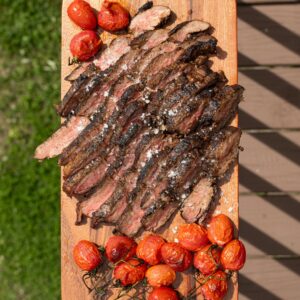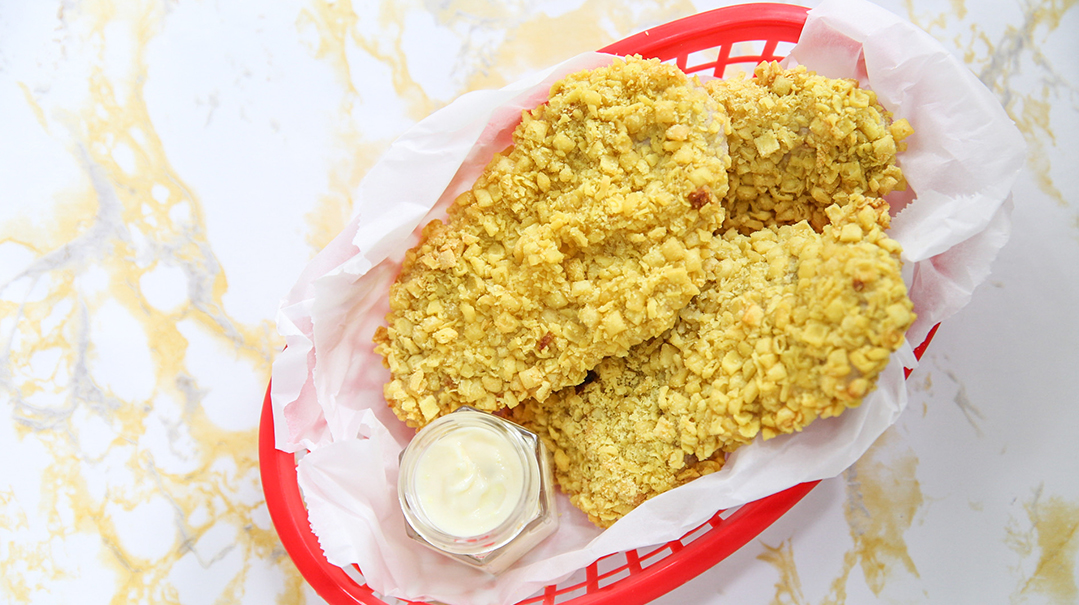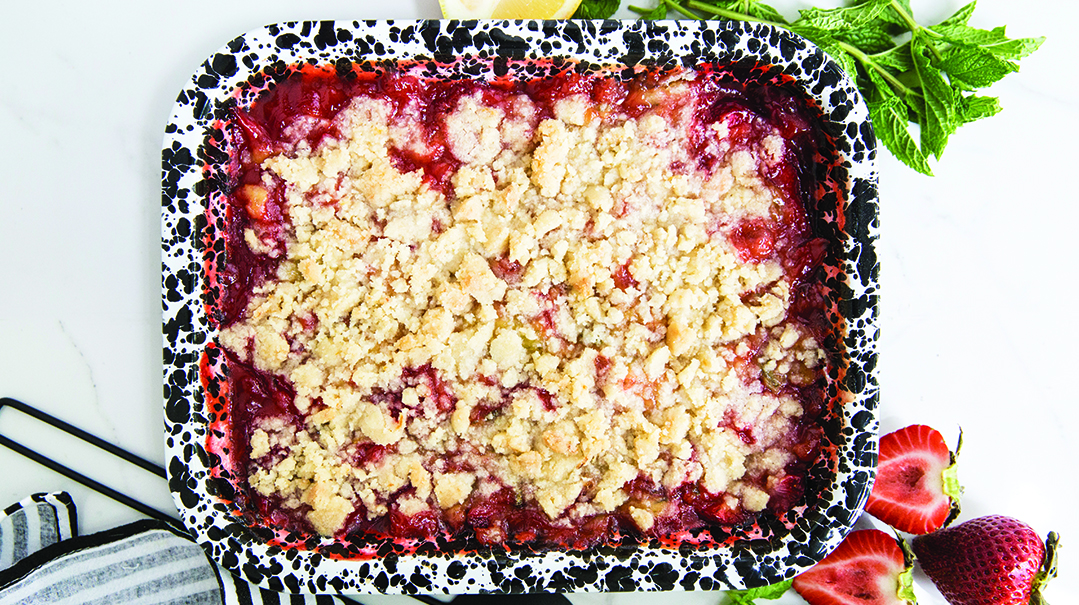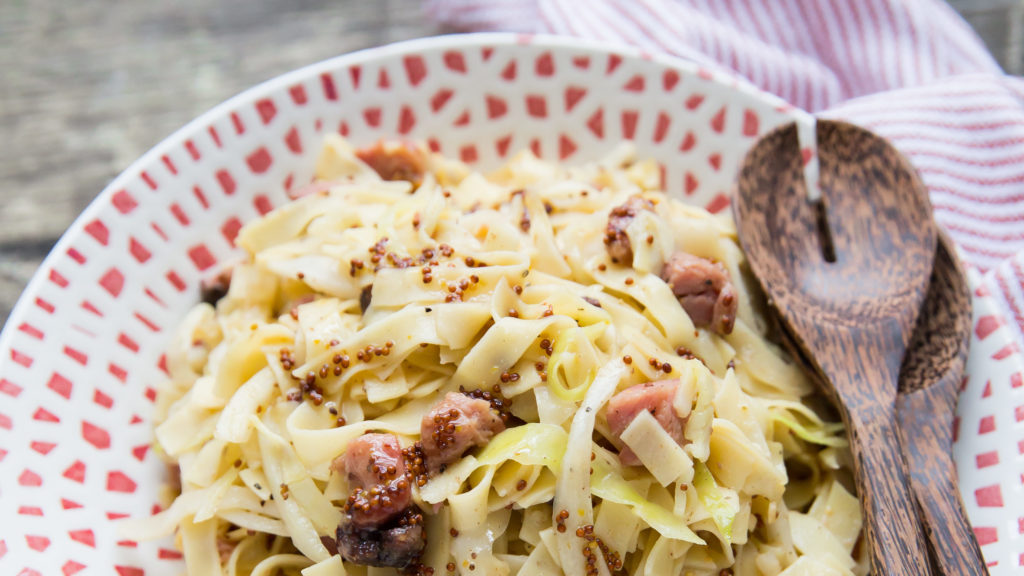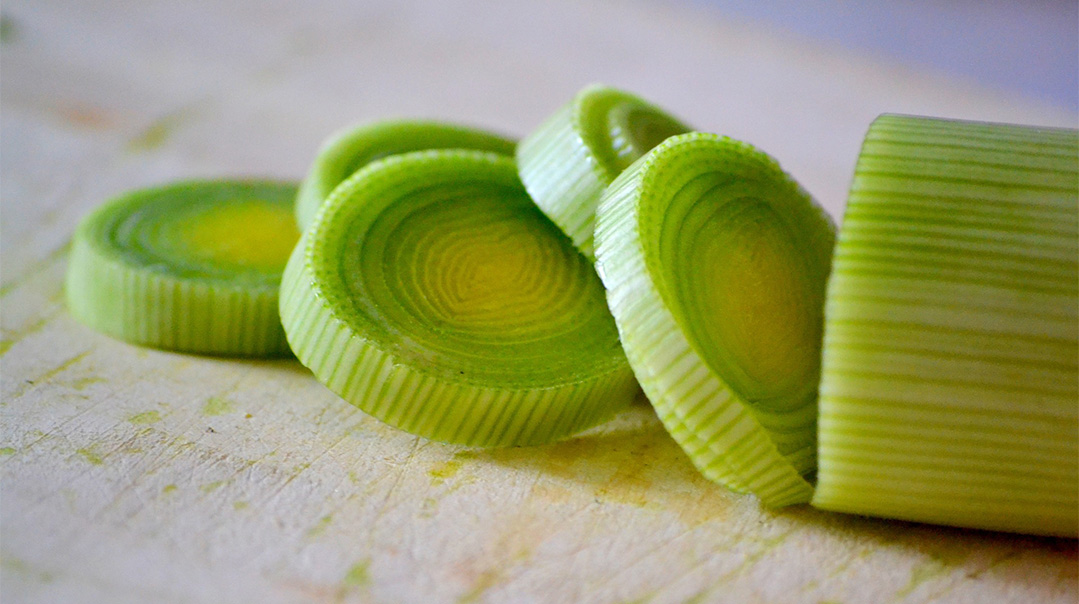Best Food Forward: Nori

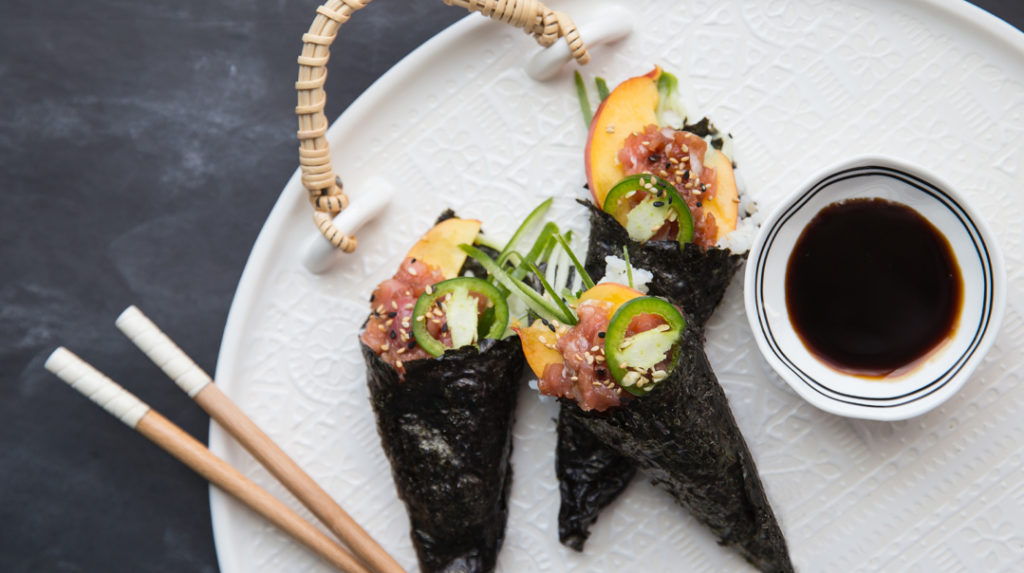
Photo by Chanie Apfelbaum
NORI
Some 10,000 types of seaweed exist throughout the world, but only about 300 to 400 are edible. Of the varieties used in foods, there are five types of seaweed that are most commonly eaten today: nori, arame, hijiki, kombu, and wakame. Nori (海苔) is the Japanese name for edible seaweed species of the red alga genus Pyropia.
It is the most popular sea vegetable and is typically used to wrap rolls of sushi or onigiri. Dried sheets of nori are made by a shredding and rack-drying process that resembles papermaking. You can find nori sold in packages in the ethnic aisle of most major grocery stores. Since nori sheets easily absorb water from the air and degrade, a desiccant is needed when storing nori for any significant amount of time. Packaged in an airtight container or ziplock bags, nori will keep for at least a year in the pantry. Nori is typically toasted prior to consumption (yaki-nori). You can also find seasoned nori snacks (ajitsukenori), where nori is toasted and seasoned, typically with soy sauce, sugar, sake, mirin, and other seasonings.
USES: Sprinkle shredded nori over ramen, sushi rice, omelets, baked fish, salads, or steamed vegetables.
QUICK & EASY: To make your own furikake (umami rich nori seasoning), cut up toasted nori into tiny pieces, and mix with toasted sesame seeds, salt, and a pinch of sugar to taste.
HEALTH BENEFITS: Nori is very high in protein, with 100 grams of nori containing 30 to 50 grams of protein. However, nori also contains high amounts of calcium, iron, potassium, and vitamins E and K, as well as more vitamin A per serving than carrots. Nori also contains toxic metals (arsenic and cadmium) and amphipod allergens, so daily consumption in large quantities is discouraged.
TIP: Even though nori is usually sold toasted, it’s a good idea to toast it yourself before using. Toasting gives it a slightly nutty taste and makes the sheets light and crispy. To toast, spray both sides of the nori sheets lightly with oil, and hold one sheet at a time with a pair of tongs over an open _lame, gently moving it back and forth over the heat. Cook until the nori is toasted and beginning to darken in color, about 20 seconds. Transfer to a paper towel-lined plate, and sprinkle with salt.
Summer Peach–Jalapeño Temaki
Peach season is in full swing, and so I’ll serve up a different kind of summer cone! Temaki, also known as “hand rolls,” is an easy way to serve sushi, and it makes a light Shabbos appetizer that’s perfect for the summer.
Put out a platter of ingredients, along with the nori sheets, and let everyone build their own.
- a few sheets of nori, cut in half
- ½ cup sushi rice, prepared according to pkg directions
- 1 cucumber, julienned
- 1 peach, sliced
- 1 cup tuna tartare (see note), flaked salmon, or shredded kani
- 1 jalapeño, thinly sliced
OPTIONAL ADDITIONS
- carrot,
- peppers,
- scallions,
- edamame,
- avocado
- toasted sesame seeds, for garnish
- soy sauce and/or sweet sauce, for serving
Place a sheet of nori, rough-side up, on your work surface. Place a spoonful of sushi rice on the left half. Wet your fingers with water, and use them to spread the rice into an even layer on the left half the nori. Place some of the cucumber, peach, and fish, along with a slice of jalapeסo, diagonally on the rice, from the bottom right corner to the top left. Roll the bottom left corner up and around the fillings to form a cone. Continue rolling until the nori wraps completely around itself. Garnish with sesame seeds, and serve with soy or sweet sauce for dipping, if desired. Serve immediately.
NOTE: For a quick tuna tartare, freeze 1 slice of sushi-grade tuna until partially frozen, then dice finely. Mix with a few spoons of teriyaki or sweet sauce and spicy mayo.
(Originally featured in FamilyTable, Issue 652)
Oops! We could not locate your form.





